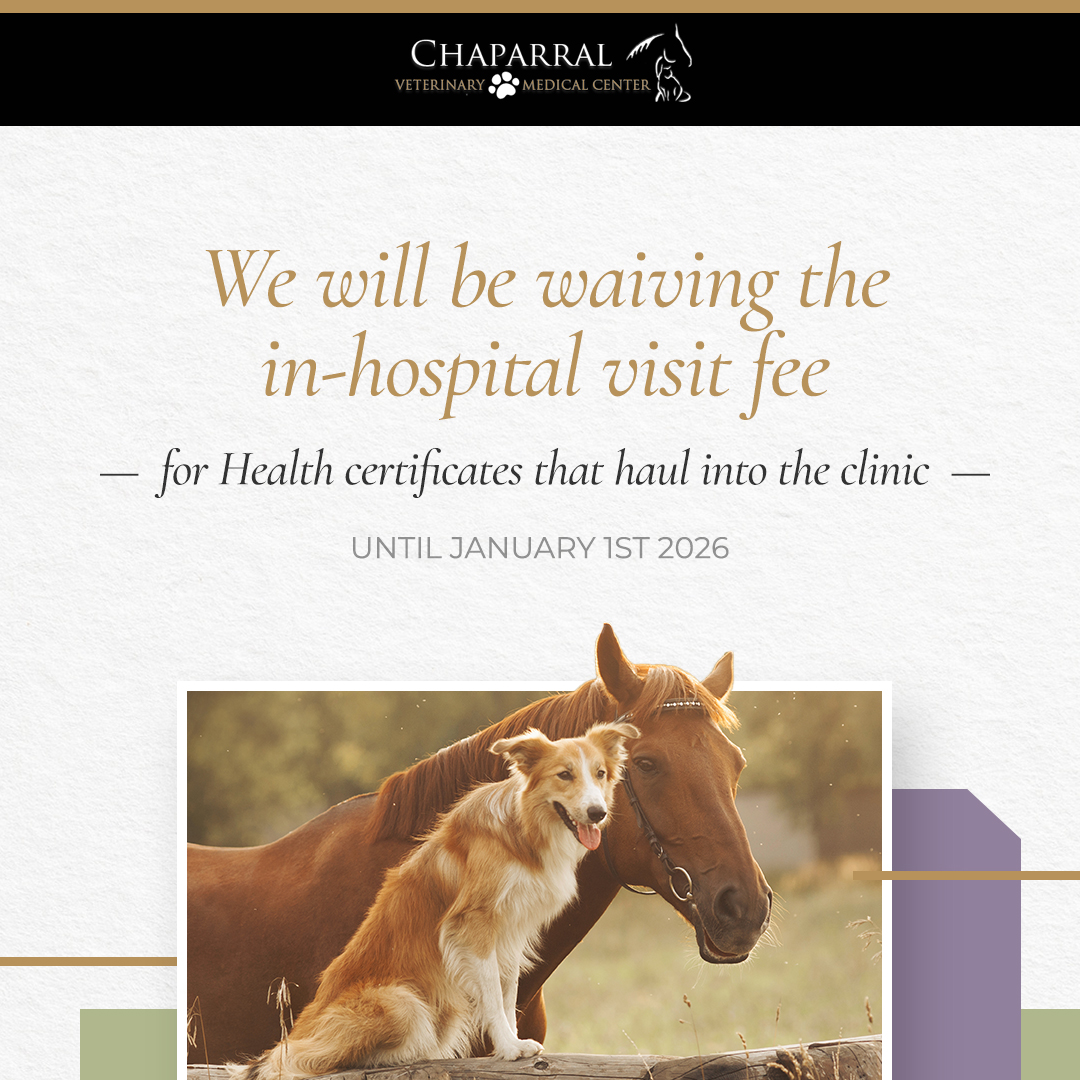Cave Creek, AZ 85331
Most Common Types of Equine Surgeries

Horses are incredible athletes that can endure a lot. Sometimes, surgery may be necessary to treat their injuries and diseases. Equine surgery is a specialized medical field. It uses different procedures to treat various conditions in horses.
Arthroscopy
This involves inserting a small camera and instruments into a joint through small incisions. The camera lets the surgeon see the inside of the joint and perform various procedures. These include removing bone chips, repairing cartilage defects, or treating infections. The surgeon can perform arthroscopy on any joint in the horse's body. The most common ones are the knee, fetlock, hock, and stifle.
Arthroscopy is better than traditional open surgery in many ways. It causes less pain, speeds up recovery, and lowers the chance of complications. The surgeon can perform arthroscopy on standing, sedated horses or under general anesthesia. This will depend on the joint and the procedure performed.
Laparoscopy
The surgeon makes small incisions to insert a small camera and instruments into the abdomen. The camera lets the surgeon see the inside of the abdomen and do various procedures. These include removing ovaries, repairing hernias, or treating colic. Laparoscopy can also diagnose certain abdominal conditions that are hard to detect.
Less pain, faster recovery, and lesser chance of complications are the advantages of laparoscopy. The surgeon can perform laparoscopy on standing, sedated horses or under general anesthesia. The decision will depend on the procedure and the patient's condition.
Upper Respiratory Surgery
Upper respiratory surgery corrects abnormalities or injuries in the horse's upper airway. The pharynx, larynx, sinuses, nasal passages, and trachea are all parts of the upper airway. Common conditions that affect the upper airway are:
Laryngeal hemiplegia (roaring)
Dorsal displacement of the soft palate (DDSP)
Ethmoid hematoma
Sinusitis
The surgeon can perform this procedure through laser, endoscopic, or open surgery. The problem and its location will determine the method to use. Upper respiratory surgery can improve the horse's breathing, comfort, and performance.
Orthopedic Surgery
Trauma or disease can injure or damage a horse’s bones, joints, tendons, ligaments, or muscles. Orthopedic surgery repairs them. Common issues in a horse's musculoskeletal system include:
Fractures
Tendon or ligament tears
Osteoarthritis
Angular limb deformities
A veterinary surgeon can perform this procedure through various processes. These include internal fixation, external fixation, arthrodesis, tenotomy, or fasciotomy. The method used depends on the type and location of the injury or disease. Orthopedic surgery can restore a horse’s function, mobility, and quality of life.
Limb Correction Surgery
Limb correction surgery changes the growth or shape of limbs. It aims to correct congenital or acquired deformities. Flexural, angular, and rotational abnormalities are a few frequent malformations affecting horses.
A veterinary surgeon can perform this procedure through various processes. These include stripping, transphyseal bridging, osteotomy, or osteoplasty. The nature and severity of the malformation determine the method to use. Limb correction surgery can improve the horse's conformation, balance, and soundness.
Conclusion
Equine surgery is a specialized field offering many options to treat equine conditions. The condition and the patient determine the method of surgery. It can help your horse recover from injuries, diseases, or deformities. It can also improve their health and performance.
For more on equine surgery, contact Chaparral Veterinary Medical Center at our Cave Creek, Arizona office. Call 480-595-8600 to schedule an appointment today.













